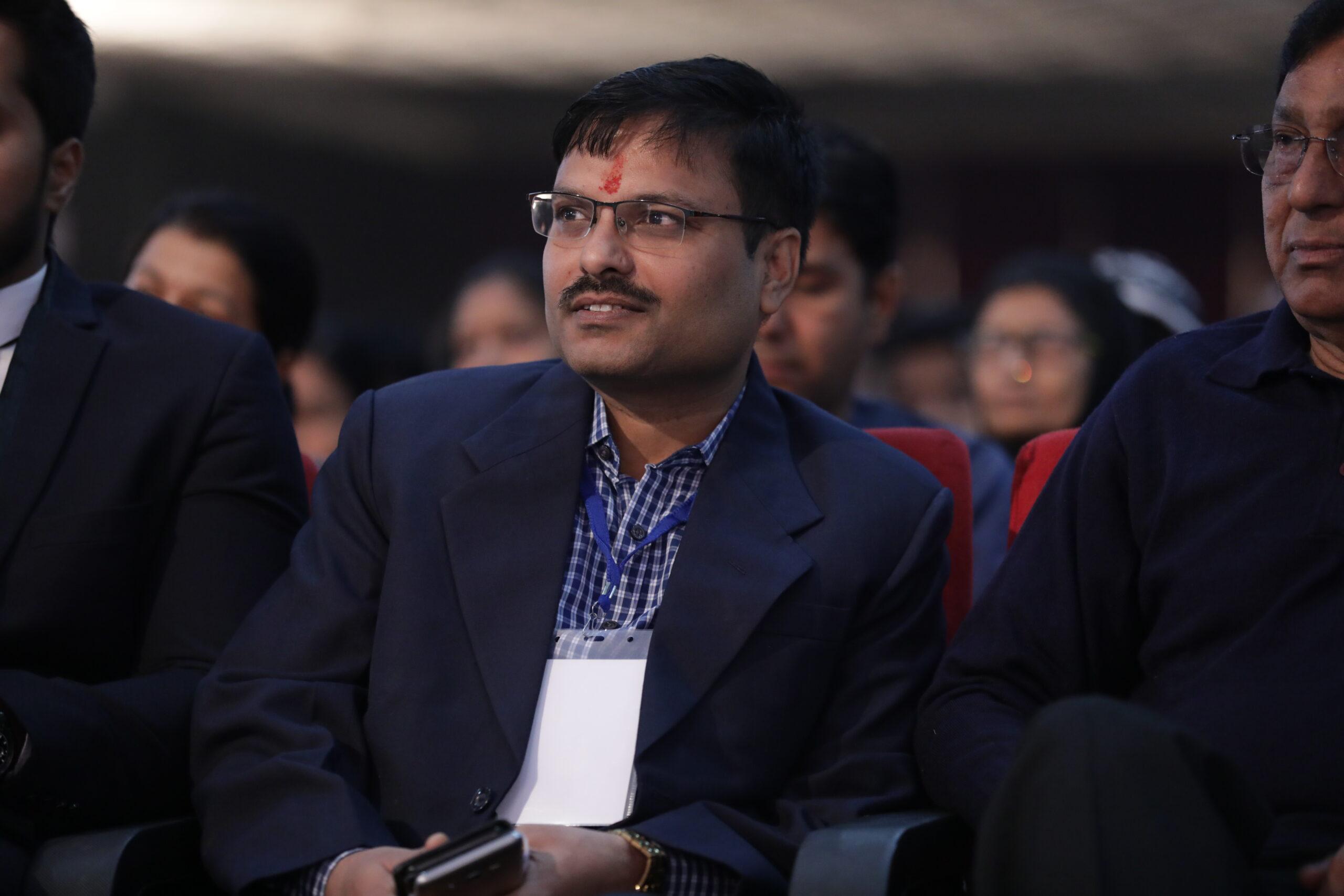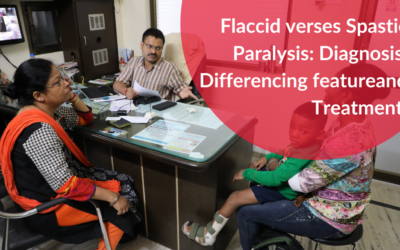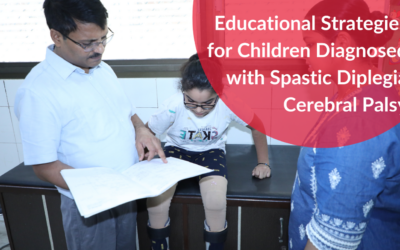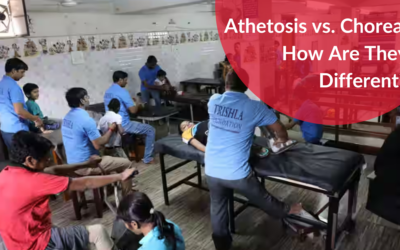Gait is defined as the style of walking, the act of moving on the feet and involving the use of muscles, bones, joints, and ligaments that enable movement. Leg movements in walking include a coordinated gait cycle that involves the limbs along with the trunk to support the body and achieve efficiency. This implies that changes to this pattern can cause gait abnormalities that could result from disorders in the nervous or musculoskeletal systems.
What Is an Irregular Walking Pattern?
An irregular walking pattern, or abnormal gait, occurs when an individual’s walking differs from the typical pattern, potentially leading to instability, inefficiency, or discomfort. These deviations may occur due to many factors, such as injuries, neurological disorders, or musculoskeletal abnormalities. Some of the expressions of neurological disorders in animals are stumbling, wobbling, and awkward positions when walking.
Classification of Gait Abnormalities
Spreading of gait abnormalities involves the identification of the disorder depending on the type of variation present together with the causes linked to them. Common classifications include:
- Hemiplegic Gait: Most often seen in patients with a stroke & cerebral palsy, this gait is defined by the way where one of the legs moves in a semicircular circumferential motion as the opposite muscles on that particular side are weak or rigid.
- Spastic Diplegic (Scissor) Gait: Seen in many children with the cerebral palsy, this gait entails that the legs cross each other with excessive force in a scissor-like manner because of spastic hip abductor.
- Neuropathic (Steppage) Gait: There are specific gait patterns which are Neuropathic (Steppage) gait which is characterized by a high stepping gait from the fact that person with this condition cannot raise his/her toe and hence has to lift the lower part of the leg to ensure that the toe is not dragging on the ground.
- Myopathic (Waddling) Gait: Seen in muscular dystrophy, this gait is marked by a waddling motion due to weakness in the pelvic girdle muscles.
- Parkinsonian Gait: Common in patients with Parkinson’s disease, patients exhibit a shuffling gait and some degree of flexion of the spine.
- Ataxic (Cerebellar) Gait: This kind of gait is provoked by defects of the cerebellum, and it is characterized by a wide stance and an irregular pattern of the steps.
- Sensory Gait: To increase the probability of proprioception, patients may stomp or have a shuffling type of gait due to tabes dorsalis.
How Frequently Do Gait Abnormalities Occur?
Abnormal gaits are not rare since it can be observed in many individuals including the elderly. It is well understood that 15% of elderly people above the age of 60 years of experience one or the other form of gait disorder leading to major mobility impairment and frequent falls. In children, gait irregularities are often observed in those with neurological conditions such as cerebral palsy.
Symptoms and Contributing Factors
The features of the gait disorders may be different depending on the cause and may include the following characteristics:
- Limping: Favouring one leg due to pain or weakness.
- Unsteady Walking: Difficulty maintaining balance.
- Shuffling Steps: Dragging feet without lifting them properly.
- Waddling Motion: Swaying from side to side.
- Foot Drop: Inability to lift the front part of the foot.
Contributing factors encompass a range of conditions:
- Neurological Disorders: Such as stroke, cerebral palsy, Parkinson’s disease, and multiple sclerosis.
- Musculoskeletal Issues: Including arthritis, muscular dystrophy, and limb deformities.
- Sensory Impairments: Loss of proprioception or vestibular dysfunction.
- Injuries: This entails fractures, strains, and other soft tissue injuries in the lower limbs of an individual.
Challenges Associated with Gait Abnormalities
Individuals with gait abnormalities often face several challenges:
- Increased Fall Risk: Stumbling patterns compromise the stability of the patient while walking, and there is a higher risk of falling and suffering from related complications.
- Reduced Mobility: A person may be partially or completely unable to walk, which may deny him/her the ability to perform daily activities independently.
- Pain and Discomfort: This is because the walking pattern affects the distribution of weight in the body and may cause musculoskeletal pains.
- Social Implications: The changes in the gait patterns are observable, and therefore, the patient is likely to have poor self-esteem and unsatisfactory interpersonal relationships.
Diagnosis and Evaluation
Accurate diagnosis of gait abnormalities involves a comprehensive approach:
- Medical History: Gathering information on the onset, duration, and progression of symptoms, as well as any underlying conditions.
- Physical Examination: Assisting in musculoskeletal strength testing, joint mobility and stability, balance and coordination tests.
- Gait Analysis: Observing the walking pattern, often using video recordings or specialized equipment.
- Neurological Assessment: Assess the patient’s neurological sensorium and motor function to find any alteration caused by neurological disorders.
- Imaging Studies: Tests that directly measure the level of certain substances in the body through blood, urine, or other samples of the body fluids.
- Electromyography (EMG): This is the process of measuring electrical activity in muscles to detect neuromuscular disorders.
Therapeutic Solutions
Treatment strategies are tailored to the specific cause and severity of the gait abnormality:
- Physical Therapy: Cp child physiotherapy Involves the routine exercise programs are prescribed to improve the muscles strength, balance and coordination.
- Orthotic Devices: These are braces, splints or shoe inserts that give support by helping in correcting the alignment of a particular limb or the patient’s body as a whole.
- Assistive Devices: Canes, walkers for toddlers with cerebral palsy or even crutches enable increased stability to decrease the chances of fall in clients with severe balance difficulty.
- Medications: For conditions related to neurological disorders, spasticity, or musculoskeletal that may include Parkinson, inflammation, and others.
- Surgical Interventions: The compactness of the tendons, bone abnormalities, or the severe and permanent deformity of the joint are some of the indications of the need for surgery intervention.
- Botox Injections: It blocks the signals from the nerves and prevents the muscles from contraction for some time and is particularly effective in cases like scissor gait.
- Gait Training: It involves practicing walking activities using instructions of a therapist in addition to additional features such as mirror treatment, body weight supported treadmill training, and robotic gait devices.
Conclusion
For the families who are struggling to cope with gait abnormalities, more so when the child is diagnosed with a neurological disorder like cerebral palsy, the Trishla Foundation offers a spark of hope. Trishla Foundation is a well-established non-governmental organization of India, which is dedicated mainly to paediatric orthopaedic and neuro rehabilitation with a special focus on scissor gait. They have orthopaedic surgeons who use the services of other professionals, which entail physiotherapists, occupational therapists and Orthotists to ensure that the patients receive quality care at reasonable rates.
This health care organization has indeed changed the lives of thousands of young people by providing timely diagnoses, non-invasive treatments, and research-based therapies. They have proved to have a good dexterity in handling spasticity, deformity as well as walking problems through proper equipment and amiable care. As a humanitarian organization that provides exceptional gait correction services that are the best in the world, come to Trishla Foundation.







